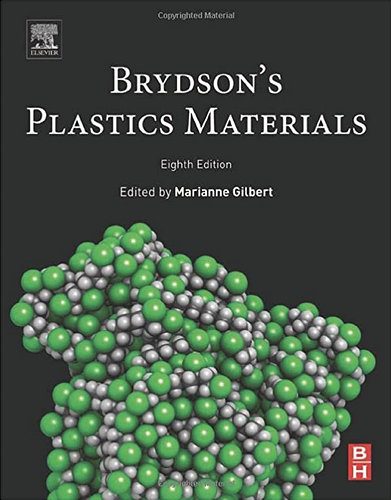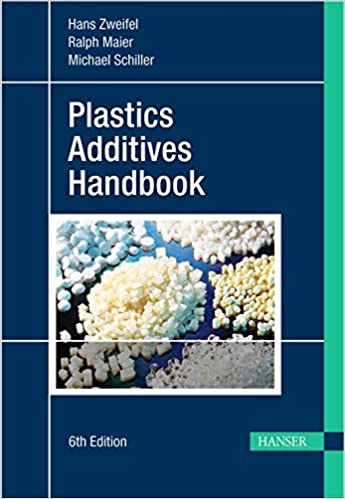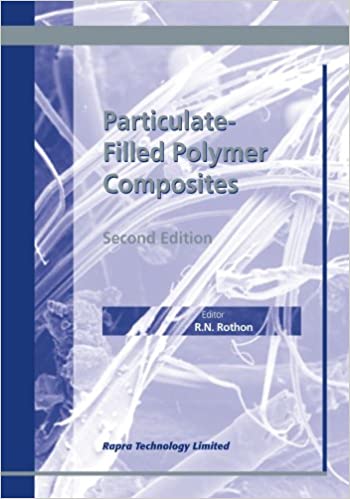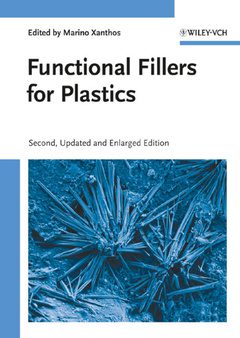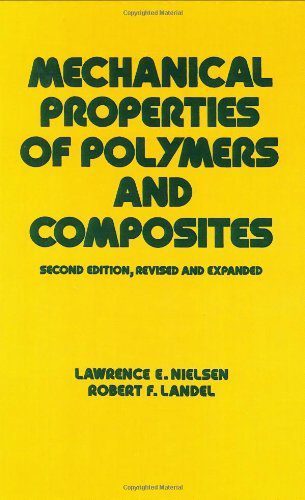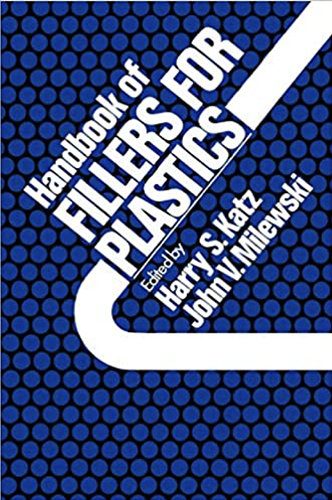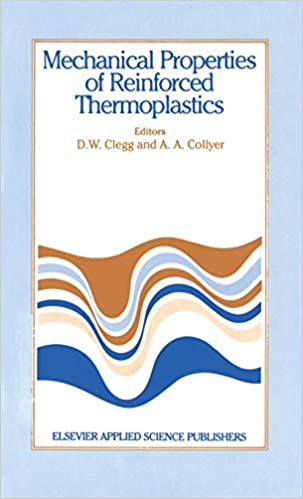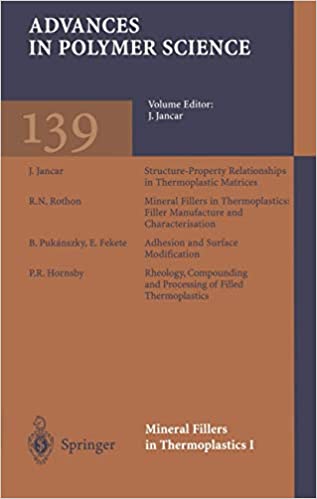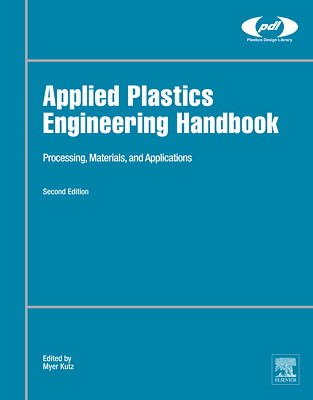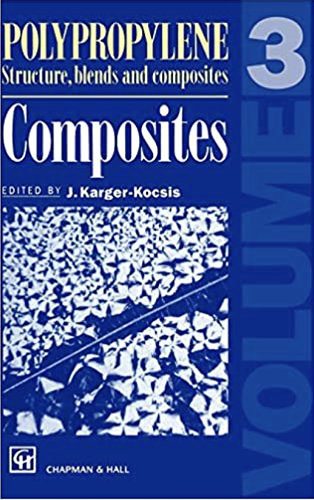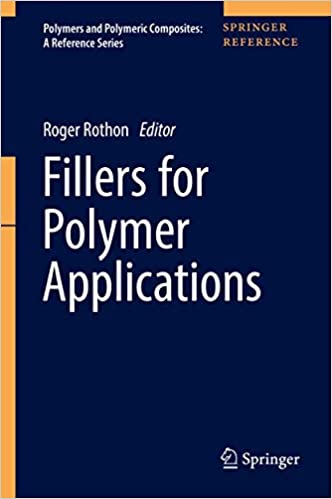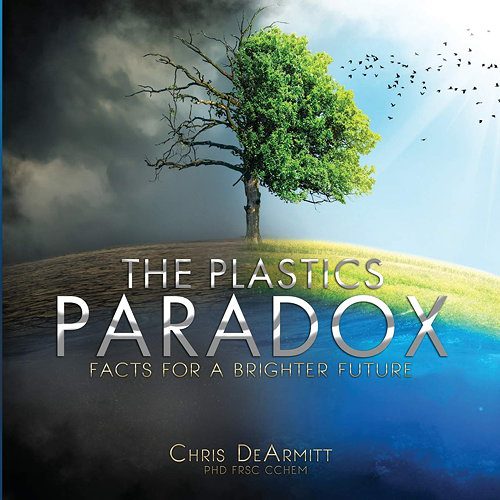Plastics Books
some of the best books ever on plastic materials hand-picked by phantom plastics
Mechanical Properties of Polymers and Composites 2nd Edition
L. E. Nielsen & R. F. Landel, Marcel Dekker Inc., 1994
Mineral Fillers in Thermoplastics I – Advances in Polymer Science Volume 139
J. Jancar (Ed.), Springer, 1999
Polypropylene Structure Blends and Composites – Volume 3 Composites
J. Karger-Kocsis, Chapman Hall, 1994
Why are these my favorite plastics books?
I have read many books on plastics and these are the ones I recommend above all others. Here I will say a few words about each of these books about plastic materials and why I selected them for this page.
Plastics Materials, by J. A. Brydson
Early in my career I was browsing the impressive collection of plastics books owned by Professor Ulf Gedde at the KTH in Stockholm where I did my post-dictoral studies. I asked him what book he would recommend above all others and he said Plastics Materials by J. A. Brydson. I bought my copy immediately. It contains not only information about all plastics and additives but also some historical perspective. It is written for people who really use plastics in contrast with many books that present theoretical perspectives that do not help in the real world. I could never imagined then that I would be asked to write for this legendary book but in the 8th Edition I wrote the chapter on fillers and fiber reinforcements together with my good friend Professor Roger Rothon.
Plastics Additives Handbook by H. Zweifel
This book gives a comprehensive overview of additives with a particular emphasis on stabilizers / antioxidants and UV absorbers because the author was a world-renowned expert on that topic. Pros and cons for various stabilizers, their structures and performance comparisons can be found within. It also covers all the typical additives such as slip aids, anti-fog, lubricants, flame-retardants fillers and more. This is also a practical book for people who formulate plastic materials for a living.
Particulate-Filled Polymer Composites
The first edition of this book was a revelation to me. It was early in my career and I was frantically reading scientific papers to understand filled plastics and surface treatment of fillers. Professor Rothon’s writing style was so engaging and lucid that the area made sense to me for the first time. It was clear to me that he was a master of the field. A couple of years later I was shocked to receive a fax from him out of the blue. He had heard about my work on optimizing surface treatments for mineral fillers and wanted to collaborate. Imagine your idol not only knowing who you are but asking to work together. We have been best friends for decades and written many articles and chapters together.
The second edition of this book is even better and is still the best introduction to understanding and formulating filled plastics. It covers the properties of the minerals, how they affect the composite and how to get best results. I am honored to have co-written chapter 8 on thermoplastics and chapter 10 on nanocomposites.
Functional Fillers for Plastics
This book came out after Particulate-Filled Polymer Composites and is also excellent. It gives a different perspective and also covers all of the main topics such as the filler properties, surface treatments including stearates, organosilanes and titanates plus flame retardants. New chapters for the second edition include nanocomposites, Expancel type expandable polymer microspheres and the chapter I wrote on POSS molecular fillers. This books is highly recommended especially for the chapter on mica because Professor Xanthos was a top expert on it.
Mechanical Properties of Polymers and Composites
This book is different to the ones above. Reflecting on the matter, I would say that the above books were written by chemists for chemists, which is why I found them so easy to read and comprehend. This book on the other hand is written more from the physics point of view. It is heavier on math and theory which are over my head. However, I found Chapter 7 on particulate-filled polymers to be insightful. Often, true mastery of a topic comes from considering it from multiple perspectives.
Handbook of Fillers for Plastics
This book and its companion the Handbook of Reinforcements for Plastics were recommended to me by Professor Rothon and that was reason enough to buy them both. These books were published before my time but are still in some ways the best and most informative. As is often the case, the older work was done better and by people who truly mastered their topic. These are recommended in particular for those who are devoted to formulating with fillers. They are long out of print but can be found either on Amazon or Abe Books. It covers selection and use of fillers, coupling agents, properties of the fillers (including asbestos), flame retardants, carbon black, spherical and hollow fillers. Mica is not included in this book because it is classified as a reinforcement and appears in that book.
Mechanical Properties of Reinforced Plastics
This is a book by Clegg & Collyer. Perhaps that doesn’t impress you but it should because their books are just terrific. Topics covered include fibers, whiskers and flakes, natural fibers such as coir, jute, flax, hemp & sisal (that are having a renaissance of interest now), continuous fiber reinforcement, rheology, the effect of processing, coupling agents (by Pluedemann) and more. I have more page markers and notes in this book than any other as it is so packed with useful nuggets. Interestingly, the natural fiber reinforements were heralded then, in the mid 1980’s as the next big thing but they never took off because performance was not competitive.
Mineral Fillers in Thermoplastics I
This covers raw materials and processing and was presumably meant to be followed by at least one more volume. The book is very good because of contributions by top experts including Professor Roger Rothon, Professor Peter Hornby, Béla Pukánsky and E. Fekete as well as Josef Jancar, the Editor. The contributions here are very strong. In particular I found the work showing how an extruder disperses fillers to be unique. Professor Hornsby compounded carbon black into polymer, stopped the extruder and opened it to see what was happening inside.
Applied Plastics Engineering Handbook
This covers all aspects of thermoplastics and is written by experts with deep industrial experience. As such it is a valuable resource for plastics experts and formulators. I am proud to have written chapters 22 (dispersants and coupling agents) and chapter 23 (functional fillers for plastics) in a book featuring friends including Werner Posch (chapter 2 on polyolefins), Adrian Merrington (chapter 9 on recycling), Kenth Johansson (chapter 20 on surface treatment), Roger Rothon (co-author of chapter 22) and top stabilization expert Peter Gjisman (chapter 18). This book is a must read.
Polypropylene: Structure, Blends and Composites Volume 3
Worth buying just for chapter 1 by Professor Pukánsky who covers the topic of filler surface treatment and interfacial effects so masterfully.
Fillers for Polymer Applications
A more recent book edited by Roger Rothon. He and I wrote the first two chapter on fillers selection and surface treatments for functional fillers together. We have contributions from Professors Hornsby and Pukánsky as well as industry experts like Chris Paynter (calcium carbonate) and Joerg Ulrich Zilles (mica, wollastonite, feldspar, anti-blocks and thermally conductive fillers. Professor Hull covered flame retardant fillers and I made a new contribution on magnetite iron oxide as a functional filler for plastics.
The Plastics Paradox
This is the only book to present a comprehensive review of the science around plastics and the environment covering materials, waste, litter, degradation, ocean plastics, microplastics and more. It dispels myths we hear by presenting hard evidence. The book has been more popular than I could have imagined and is available free of charge because we can only create a brighter future if we base our choices on facts. I would like to thank the volunteers who translated the book free of charge because they wanted their countrymen to be able to read it. You can see more about The Plastics Paradox book here and Amazon reviews for The Plastics Paradox here.
Published Books


